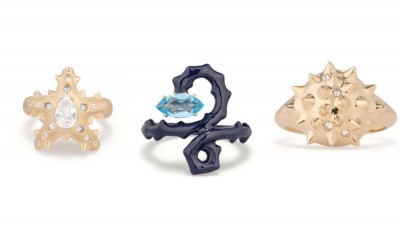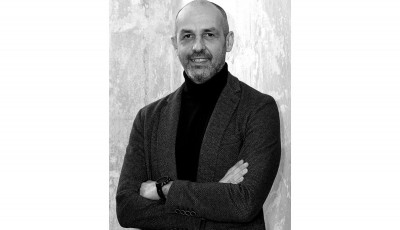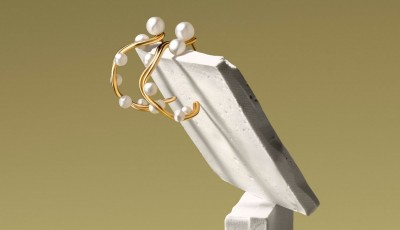Tracr: The Online Diamond Map
According to Wesley Tucker, everyone should know the story of natural diamonds: the CEO of Tracr describes the evolution of the digital platform, launched by De Beers in 2018, with the aim of increasing natural diamond stories
Included in Forbes' Blockchain 50 three times (2020, 2022, 2023) as one of the top 50 organizations that are leveraging blockchain to impact their business in a meaningful way, Tracr, launched by De Beers in 2018, is the blockchain platform that enables Tracr participants to share the story of diamonds along the supply chain, from mine to end consumer. «Currently, around 20% of the world's diamonds by value are uploaded onto the Tracr platform every month,» explains CEO Wesley Tucker. «Using Ethereum blockchain technology, participants are able to record the origin and provenance story of natural diamonds registered on the platform from when they are discovered, to when they are cut and polished and finally arrive at the retailer and consumer, as this information can be uploaded to the platform by our clients.» Thanks to constantly implementing innovative technologies over the years, such as blockchain, Artificial Intelligence (AI), data analysis and other sophisticated identification and traceability tools, Tracr has managed to create a digital ecosystem that helps authorized producers demonstrate the provenance of their diamonds, and to boost consumer confidence in the diamond supply chain. «Tracr gives participants the ability to tell a long and meaningful story about their diamonds. The modern-day natural diamond business can have an impact on the people and places that come into contact with a diamond on its journey and this story is not told enough. Countries like Botswana – the world’s leading diamond producing country by value – have benefitted from the natural diamond industry. In the past 50 years, the country has seen GDP per capita grow at one of the fastest rates in the world as a result of its diamond revenues, and the country’s economic performance has become one of the best in Africa. Thousands of kilometers of paved roads have been built, as well as education and health care has become free. We believe people want to know more about these stories around the journey the natural diamond they purchase takes and the impact it can have.» An ambitious challenge not without its difficulties, in which technology plays a crucial role. «Since Tracr’s inception, the implementation of technologies has perhaps been the easiest part. The volumes, and nuances of the supply chain, on the other hand, are complex issues. Diamonds undergo a fundamental transformation: when a rough stone is discovered, it is totally different from the final appearance it will have once it has been polished for the end consumer. Enhancing the confidence in the supply chain is at the heart of what we do and it starts with data privacy. Our platform is built in the cloud; we adhere to stringent security standards using AWS infrastructure and completing numerous penetration tests, vulnerability scans and independent audits. We have segregated participants’ data in silos so that their data is not accessible without the permission of the owner. As CEO, I have access to very little data, I receive automatically-generated, high-level aggregate reports.» Hence, trust and security are the driving force behind a project that aims to constantly raise the natural diamond industry’s standards. «The world is changing; more and more consumers and companies want to know and understand their products’ journey. We will continue to expand our ecosystem, collaborating with other important organizations, such as GIA, Sarine, GSI, RapNet and Uni Diamonds to name a few. We will keep an eye on the goals and values shared by the G7 member countries in terms of sustainable development initiatives and corporate social responsibility. Furthermore, in two to three years’ time, we aim to be able to allow participants to record information on the platform around the individual impact a diamond has on the environment.»






